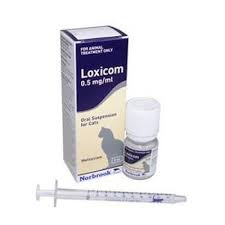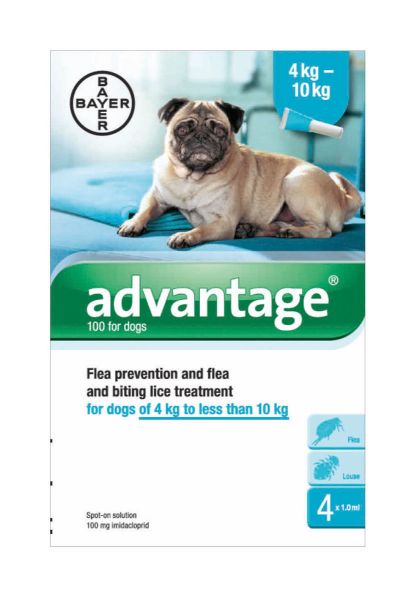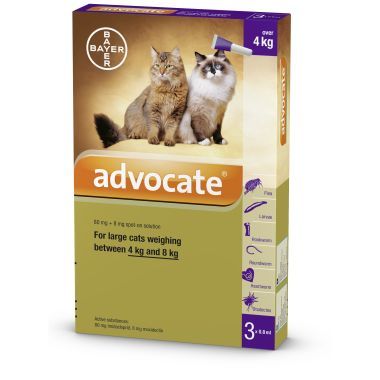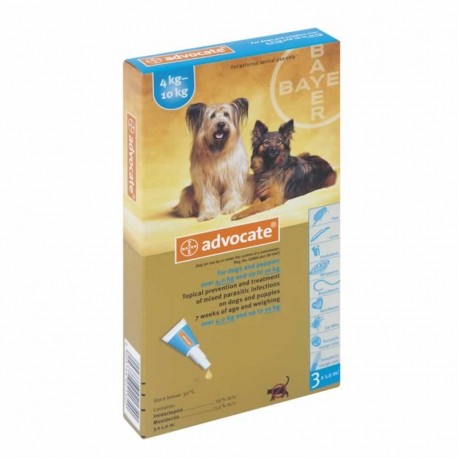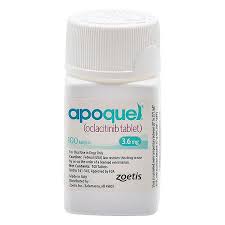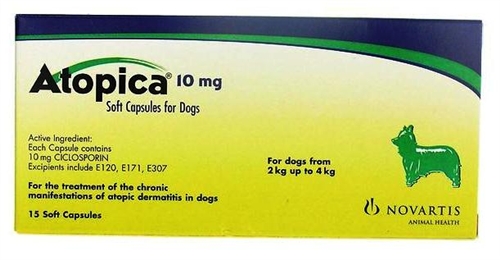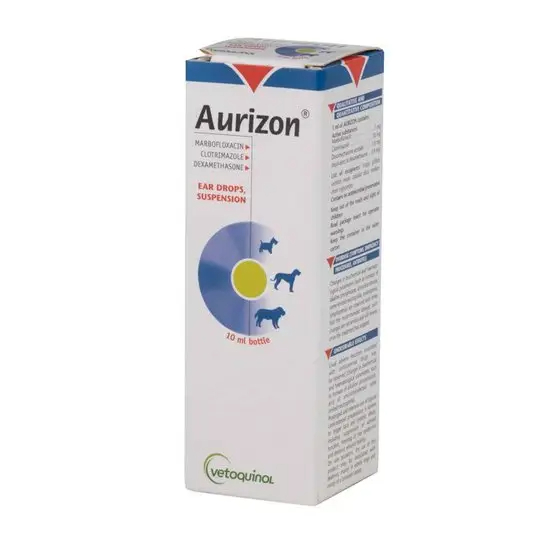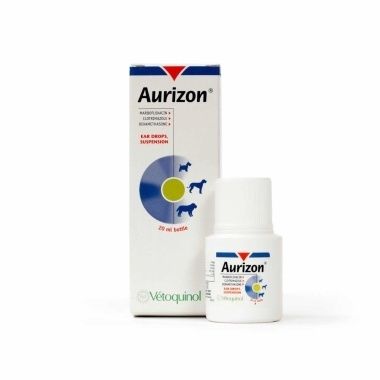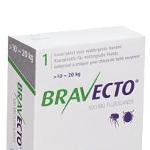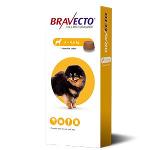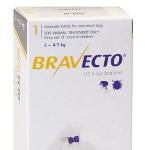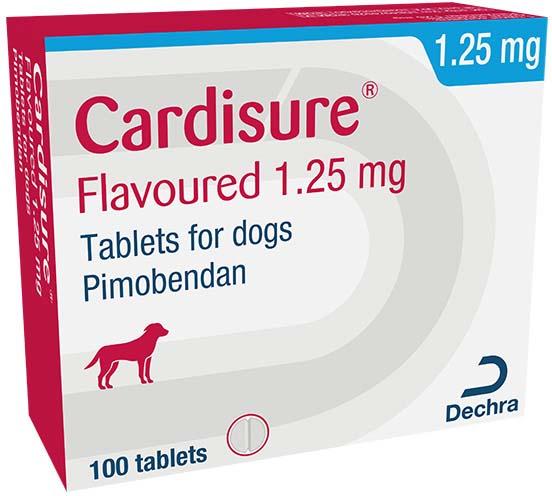Loxicom 0.5 mg/ml Oral Suspension for Cats Species: Cats Therapeutic indication: Pharmaceuticals: Anti-inflammatory preparations: Oral: Other NSAIDs Active ingredient: Meloxicam Product:Loxicom 0.5 mg/ml Oral Suspension for Cats Product index: Loxicom 0.5 mg/ml Oral Suspension Cats Qualitative and quantitative composition Active Substance: Meloxicam 0.5 mg Excipient: Sodium benzoate 1.5 mg Pharmaceutical form Pale yellow oral suspension. Clinical particulars Target species Cats. Indications for use, specifying the target species Alleviation of mild to moderate post-operative pain and inflammation following surgical procedures in cats, e.g. orthopaedic and soft tissue surgery. Alleviation of inflammation and pain in acute and chronic musculo-skeletal disorders in cats. Contraindications Do not use in pregnant or lactating cats. Do not use in cats suffering from gastrointestinal disorders such as irritation and haemorrhage, impaired hepatic, cardiac or renal function and haemorrhagic disorders. Do not use in case of hypersensitivity to the active substance or to any of the excipients Do not use in cats less than 6 weeks of age. Special warnings for each target species None. Special precautions for use Special precautions for use in animals If adverse reactions occur, treatment should be discontinued and the advice of a veterinarian should be sought. Avoid use in any dehydrated, hypovolaemic or hypotensive animal, as there is a potential risk of renal toxicity. Post-operative pain and inflammation following surgical procedures: In case additional pain relief is required, multimodal pain therapy should be considered. Chronic musculoskeletal disorders: Response to long-term therapy should be monitored at regular intervals by a veterinary surgeon. Special precautions to be taken by the person administering the veterinary medicinal product to animals People with known hypersensitivity to non-steroidal anti-inflammatory drugs (NSAIDs) should avoid contact with the veterinary medicinal product. In case of accidental ingestion, seek medical advice immediately and show the package leaflet or the label to the physician. Adverse reactions (frequency and seriousness) Typical adverse reactions of NSAIDs such as loss of appetite, vomiting, diarrhoea, faecal occult blood, lethargy and renal failure have occasionally been reported. Gastrointestinal ulceration and elevated liver enzymes were reported in very rare cases. These adverse reactions occur generally within the first treatment week and are in most cases transient and disappear following termination of the treatment but in very rare cases may be serious or fatal. The frequency of adverse reactions is defined using the following convention: •very common (more than 1 in 10 animals treated displaying adverse reactions) •common (more than 1 but less than 10 animals in 100 animals treated) •uncommon (more than 1 but less than 10 animals in 1,000 animals treated) •rare (more than 1 but less than 10 animals in 10,000 animals treated) •very rare (less than 1 animal in 10,000 animals treated, including isolated reports). Use during pregnancy, lactation or lay The safety of the veterinary medicinal product has not been established during pregnancy and lactation, (see Contraindications) Interaction with other medicinal products and other forms of interaction Other NSAIDs, diuretics, anticoagulants, aminoglycoside antibiotics and substances with high protein binding may compete for binding and thus lead to toxic effects. Loxicom must not be administered in conjunction with other NSAIDs or glucocorticosteroids. Concurrent administration of potential nephrotoxic drugs should be avoided. Pre-treatment with anti-inflammatory substances may result in additional or increased adverse effects and accordingly a treatment-free period with such veterinary medicinal products should be observed for at least 24 hours before commencement of treatment. The treatment-free period, however, should take into account the pharmacological properties of the products used previously. Amounts to be administered and administration route Oral use. To be administered with food or directly into the mouth. Shake well before use. Dosage Post-operative pain and inflammation following surgical procedures: After initial treatment with Loxicom 5 mg/ml Solution for Injection for Dogs and Cats continue treatment 24 hours later with Loxicom 0.5 mg/ml oral suspension for cats at a dosage of 0.05 mg meloxicam/kg body weight. The oral follow-up dose may be administered once daily (at 24-hour intervals) for up to four days. Acute musculo-skeletal disorders: Initial treatment is a single oral dose of 0.2 mg meloxicam/kg body weight on the first day. Treatment is to be continued once daily by oral administration (at 24-hour intervals) at a dose of 0.05 mg meloxicam/kg body weight for as long as acute pain and inflammation persist. Chronic musculo-skeletal disorders: Initial treatment is a single dose of 0.1 mg meloxicam/kg bodyweight on the first day. Treatment is to be continued once daily by oral administration (at 24 hour intervals) at a maintenance dose of 0.05 mg meloxicam/kg bodyweight. A clinical response is normally seen within 7 days. Treatment should be discontinued after 14 days at the latest if no clinical improvement is apparent. Dosing Procedure: The syringe fits onto the bottle and has a kg-body weight scale which corresponds to the maintenance dose of 0.05 mg meloxicam/kg body weight. Thus for initiation of the treatment of chronic musculo-skeletal disorders on the first day, twice the maintenance volume will be required. For initiation of the treatment of acute musculo-skeletal disorders on the first day, 4 times the maintenance volume will be required. Particular care should be taken with regard to the accuracy of dosing. The recommended dose should not be exceeded. The suspension should be given using the Loxicom measuring syringe provided in the package. Avoid introduction of contamination during use. Overdose (symptoms, emergency procedures, antidotes), if necessary Meloxicam has a narrow therapeutic safety margin in cats and clinical signs of overdose may be seen at relatively small overdose levels. In the case of overdose, adverse reactions are expected to be more severe and more frequent. In the case of overdose symptomatic treatment should be initiated. Pharmacological particulars Pharmacotherapeutic Group: Anti-inflammatory and antirheumatic products, non-steroids (oxicams). ATCvet code: QM01AC06 Pharmacodynamic properties Meloxicam is a non-steroidal anti-inflammatory drug (NSAID) of the oxicam class which acts by inhibition of prostaglandin synthesis, thereby exerting anti-inflammatory, analgesic, anti-exudative and antipyretic effects. It reduces leukocyte infiltration into the inflamed tissue. To a minor extent it also inhibits collagen-induced thrombocyte aggregation. In vitro and in vivo studies demonstrated that meloxicam inhibits cyclooxygenase-2 (COX-2) to a greater extent than cyclooxygenase-1 (COX-1). Pharmacokinetic particulars Absorption If the animal is fasted when dosed, the maximal plasma concentrations are obtained after approximately 3 hours. If the animal is fed at the time of dosing, the absorption may be slightly delayed. Due to the loading dose, steady is reached after 2 days (48h). Distribution There is a linear relationship between the dose administered and plasma concentration observed in the therapeutic dose range. Approximately 97 % of meloxicam is bound to plasma proteins. Metabolism Meloxicam is predominantly found in plasma and is also a major biliary excretion product whereas urine contains only traces of the parent compound. Meloxicam is metabolised to an alcohol, an acid derivative and to several polar metabolites. All major metabolites have been shown to be pharmacologically inactive. Meloxicam is metabolised to an alcohol, an acid derivative and to several polar metabolites. As for other species investigated, the main pathway of meloxicam biotransformation in cat is oxidation. Elimination Meloxicam is eliminated with a half-life of 24 hours. The detection of metabolites from the parent compound in urine and faeces, but not in plasma is indicative for their rapid excretion. 21 % of the recovered dose is eliminated in urine (2 % as unchanged meloxicam, 19 % as metabolites) and 79 % in the faeces (49 % as unchanged meloxicam, 30 % as metabolites). Pharmaceutical particulars List of excipients •Sodium Benzoate •Glycerol •Povidone K30 •Xanthan Gum •Disodium Phosphate Dihydrate •Sodium Dihydrogen Phosphate Dihydrate •Citric Acid Anhydrous •Simethicone Emulsion •Purified water Incompatibilities In the absence of compatibility studies, this veterinary medicinal product must not be mixed with other veterinary medicinal products. Shelf-life Shelf-life of the veterinary medicinal product as packaged for sale: 18 months Shelf-life after first opening the immediate packaging: 6 months Special precautions for storage This veterinary medicinal product does not require any special storage conditions.

